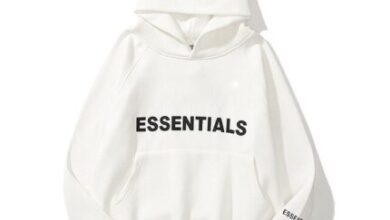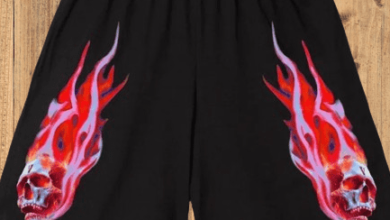Threads of Diversity: Navigating the Mexico Clothing Market
The Mexico Clothing Market is a vibrant and diverse sector that reflects the country’s rich cultural heritage, evolving fashion trends, and dynamic consumer preferences. From traditional attire to contemporary fashion, Mexico’s clothing industry encompasses a wide range of styles, designs, and brands. This article provides an overview of the Mexico Clothing Market, highlighting key players, market dynamics, and emerging trends.
Market Overview
Mexico’s clothing market is characterized by a blend of traditional craftsmanship, modern manufacturing techniques, and global fashion influences. The market caters to a diverse consumer base, including urban fashion enthusiasts, indigenous communities, and tourists seeking authentic Mexican apparel.
Market Landscape
The Mexico Clothing Market is home to a mix of domestic and international brands, offering a variety of products ranging from casual wear and formal attire to traditional garments and accessories. Global fashion giants such as Zara, H&M, and Forever 21 have a significant presence in Mexico, leveraging their global supply chains and extensive retail networks to reach consumers across the country.
At the same time, local Mexican brands and designers play a vital role in shaping the country’s fashion landscape. These brands often draw inspiration from Mexico’s rich cultural heritage, incorporating traditional motifs, textiles, and craftsmanship into their designs. Examples include Pineda Covalin, Carla Fernández, and Pineda Covelin.
Consumer Behavior
Mexican consumers exhibit a diverse range of preferences and shopping behaviors when it comes to clothing. While many urban consumers gravitate towards international fast-fashion brands for their affordability and trend-driven designs, others seek out locally-made clothing for its authenticity and craftsmanship.
In recent years, there has been a growing emphasis on sustainability and ethical fashion among Mexican consumers. This has led to increased demand for eco-friendly and ethically-produced clothing, as well as initiatives promoting transparency and fair labor practices within the industry.
Market Dynamics
Several factors contribute to the dynamics of the Mexico Clothing Market:
- Cultural Influences: Mexico’s diverse cultural heritage influences clothing styles and preferences across the country. Traditional garments such as the rebozo, huipil, and charro suit continue to hold cultural significance and are often worn during festive occasions and celebrations.
- Tourism: Mexico’s status as a popular tourist destination attracts millions of visitors each year, many of whom seek out locally-made clothing and souvenirs. Tourist areas such as Cancun, Puerto Vallarta, and Mexico City offer a wide range of shopping options, from street markets and artisanal boutiques to luxury malls.
- E-commerce: The rise of e-commerce has transformed the way Mexicans shop for clothing, providing convenient access to a wide range of products and brands. Online marketplaces such as MercadoLibre, Amazon Mexico, and local fashion platforms have experienced significant growth, offering consumers a seamless shopping experience and delivery options.
Emerging Trends
The Mexico Clothing Market is witnessing several emerging trends that are shaping the industry’s future:
- Customization: Brands are offering personalized clothing options, allowing consumers to customize their garments with embroidery, prints, and other embellishments.
- Gender Fluidity: There is a growing acceptance of gender-neutral and unisex clothing styles, reflecting changing attitudes towards gender identity and expression.
- Sustainable Fashion: The demand for sustainable and eco-friendly clothing is on the rise, with brands increasingly incorporating recycled materials, organic fabrics, and ethical production practices into their collections.
- Digital Influencers: Social media influencers and digital content creators play a significant role in shaping consumer trends and preferences, with many fashion brands collaborating with influencers to promote their products and reach a wider audience.








